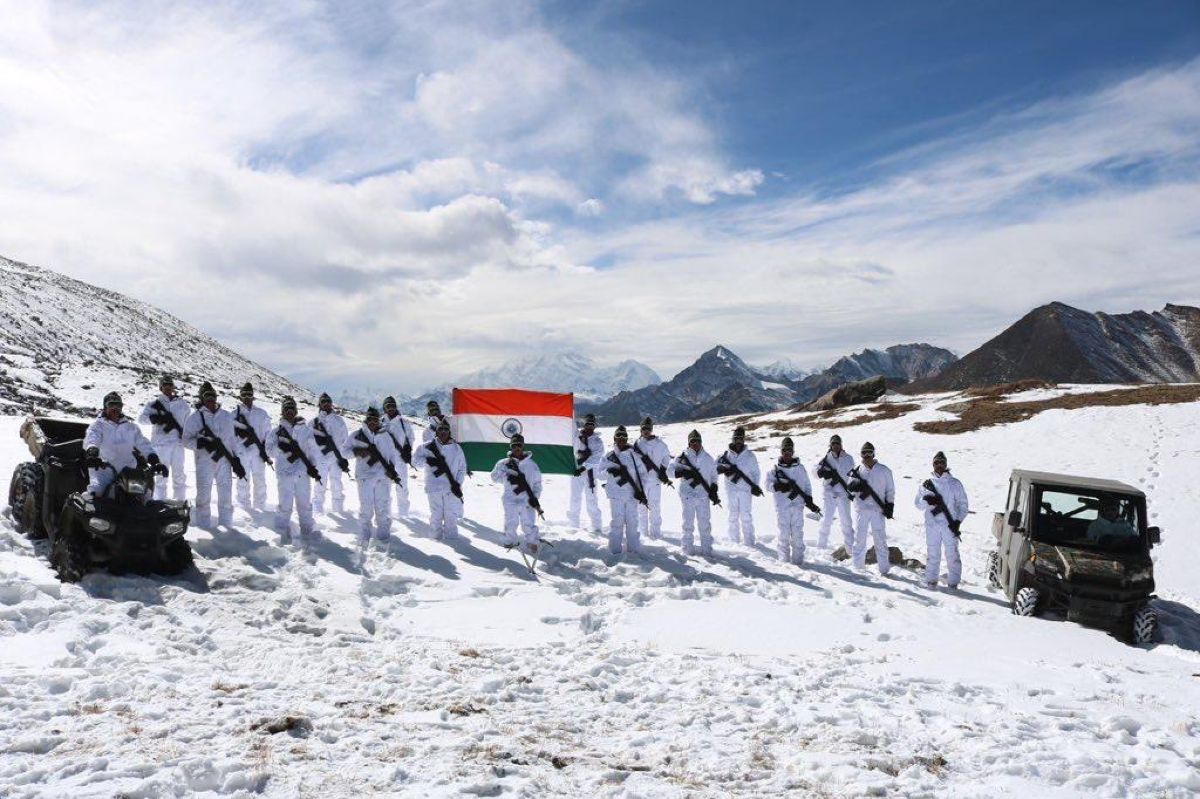Mules have been the lifeline of the Indian Army in high-altitude regions. The sure-footed animals have transported ammunition and essential ration to troops while traversing perilous terrain at frigid heights along the border with China. But by 2025, the Indian Army will disband its Animal Transport Unit and replace it with logistics and tethered drones that could look across the Himalayas.
The Indian Army Chief General Manoj Pande announced this during his 2024 annual press conference.
According to 2017 data, the Indian Army had a 6,000-strong force of mules, forming a reliable last-mile transport in difficult Himalayan terrain along the Indian borders in the western as well as eastern sectors.
In the Indian Army, the mules are categorized on the basis of the kind of load they carry, being broadly divided into Mule Arti — which carries guns and weapons, and Mule GS — which carries general supplies ranging from food to medicine and even water.
The around 6,000 mules are divided into 15 units. Usually, a company has three troopers and 96 animals. Each animal also has one to two handlers, depending on the load and terrain. The Indian Army has already reduced 1500 number of its Mule Arti. The remaining ones will be discharged by 2025.
In the era of drone warfare, mules might look like an archaic mode of transportation. But these animals have been critical to the Indian Army’s supply chain in the inhospitable terrain.
In 2023, the Indian Army awarded a Chief of Army Staff (COAS) Commendation Card to an Eastern Command unit mule for its service near the Line of Actual Control in areas like Yangtse in the Tawang sector. The region was where a clash between the Indian and Chinese troops took place in December 2022.
The six-year-old mules, Hoof number 122, endured “extremely tiring and inhospitable conditions” to lift a load of 6,500 kilograms across a distance of 750 kilometers. It transported ammunition and ration at altitudes above 15,000 feet in the Tawang sector in Arunachal Pradesh, a region that has been repeatedly claimed by China.
The Indian Army has signed contracts worth more than Rs. 320 crore for 563 different types of logistical drones in the past year, including ones that are meant to deliver luggage at elevations above 12,000 feet.
The Indian Army has also inked the deal to procure 100 four-legged robotic mules capable of autonomous movements across various terrains, self-recovery, and avoiding obstructions for Rs. 285 crore. The robotic mule will operate at altitudes over 10,000 feet and carry 10 kg.
The robotic mule would be able to operate in autonomous mode and on predefined routes for a couple of hours.
The Mules Getting A Lease Of Life
A similar proposal to disband had come just before the Kargil war in 1999. However, during the Kargil War, Pakistani intruders captured the heights overlooking the National Highway 1, the only motorable road. At that time, the mules played an important role in ensuring the supplies reached the soldiers on the front.
The mules were the only available resource in the face of intense shelling. The mules could traverse tracks that no vehicle can go on.
The military mules of the Army Service Corps have enabled last-mile logistics supply in the most inhospitable conditions along India’s frontiers in all past wars and operations.
Chinese Drones Near Indian Border
China has deployed drones near the border with India for support logistical transport, border surveillance, combat damage assessment, artillery observation, sniper support, mine clearance, search and rescue, and communication support. China is also increasingly deploying its advanced UAVs in Tibet close to the LAC.

The PLA uses UAVs as its primary logistical transport tool. Border outposts are located three to fourteen days’ walk from maintenance and supply distribution centers, making land-based logistics links particularly vulnerable to disruption. They are often affected by landslides and heavy snowfalls.
China had also released videos of swarms of quadcopter drones being used to supply rations and other essential items to personnel deployed close to the border.
Additionally, a major challenge for PLA logistical planners is the “last mile,” which is frequently inaccessible by road when Chinese soldiers are on a mission.
The deployment of swarms of drones allows for swift deliveries to be completed on their own. From the ground station, operators designate the point of departure and arrival, and the onboard camera allows for flight monitoring.
As a result, fewer soldiers are required to manage logistics. One source claimed that until UAVs could perform the task, it would take 120 men two to three days to deliver supplies to the stations.
During the Galwan Valley clash between Indian and Chinese troops in 2020, the PLA is said to have used UAVs for damage assessment during the fighting. Multiple commercial Vertical Take-off and Landing (VTOL) UAVs flew over the Galwan Valley several times after the fatal fight.
- Ritu Sharma has been a journalist for over a decade, writing on defense, foreign affairs, and nuclear technology.
- She can be reached at ritu.sharma (at) mail.com
- Follow EurAsian Times on Google News